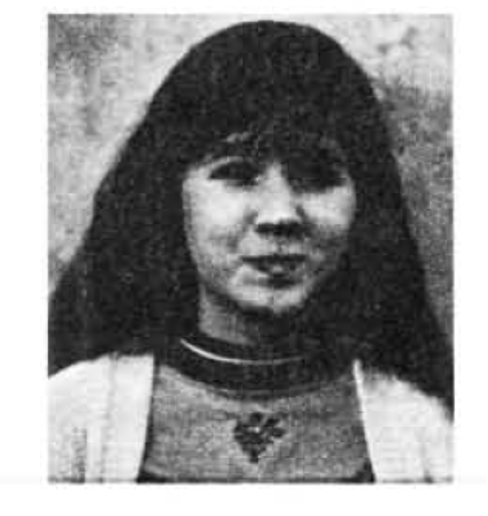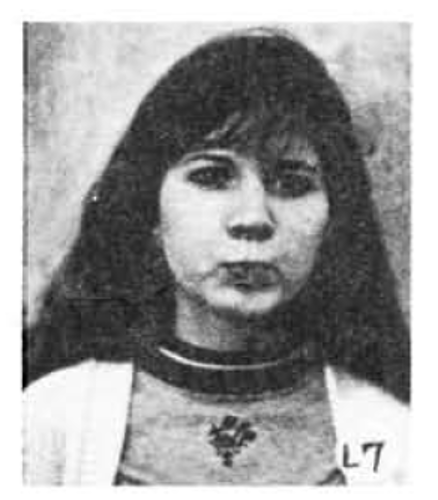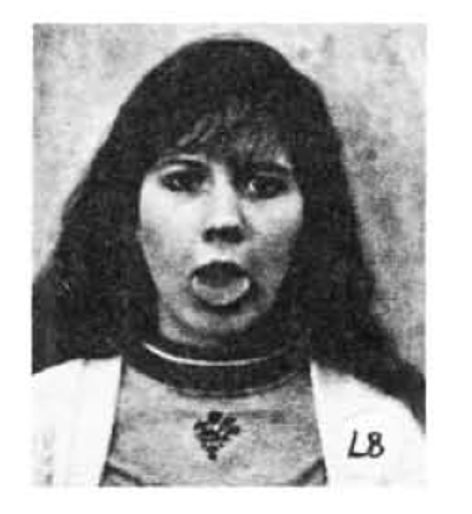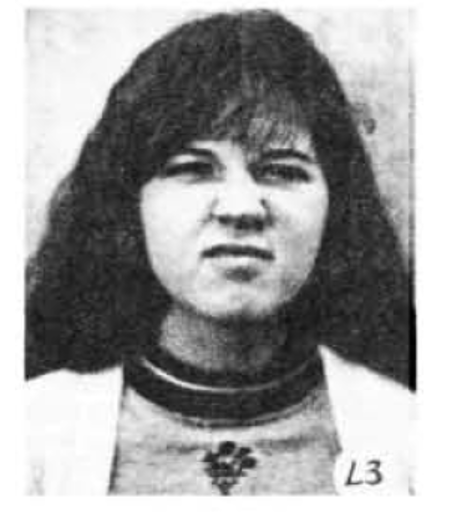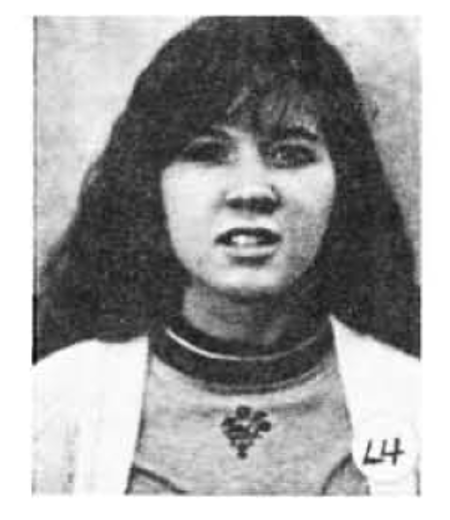Chapter 10: Disgust
Behavior Changes – Facial Expressions
Facial Expressions of Disgust: Basic or Social Constructivist?
Researchers disagree over the specific action units that change with the disgust facial expression. Darwin suggested four specific changes in facial muscles (see Table 7), while Ekman and Friesen (1978) emphasized three specific action units. In general, researchers agree that the gape, retraction of upper lip, and nose wrinkle all represent disgust (Rozin et al., 2008). Rozin et al. (1994a) has found that facial expressions vary depending in the type of disgust experienced. Some of these action unit changes can be viewed here.
Table 7
Action Unit Changes for Disgust Facial Expression
| Theorist(s) | Hypothesized Action Unit Changes |
|---|---|
| Darwin (1872) | AU 26 – Gape (protruding tongue)
AU 10 – Retraction of Upper Lip AU 9 – Nose Wrinkle AU 15 – Dropping of Mouth Corners |
| Ekman Friesen (1978) | AU 10 – Retraction of Upper Lip
AU 9 – Nose Wrinkle AU 17 – Chin Raiser |
| Rozin et al. (1994a) | Varies according to type of disgust |
Figure 7
Disgust facial expression shown in Darwin’s (1872) The expression of the emotions in man and animals.
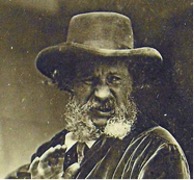
Across several industrialized and isolated cultures, Ekman has found people universally recognize the disgust facial expression. In his first study (Ekman et al., 1969), Ekman and colleagues showed people facial expressions that were a combination of disgust and contempt. Even though the expression was a combination of disgust and contempt, participants’ correct answer would be to select the label “disgust” from the list of words. The majority of participants from USA, Brazil, and Japan correctly identified disgust. In fact, the recognition rates were higher than anger and similar to the rates for fear. But the Fore and Borneo participants showed lower recognition rates than other countries (see Table 8). Fore participants labeled the disgust-contempt expression as disgust or anger, while the Borneo participants labeled the expression as surprise or happiness! One has to wonder if the combination of disgust and contempt action units confounded the results.
Table 8
Recognition Rates for Six Emotions Across Five Cultures
| Affect Category | United States | Brazil | Japan | New Guinea Pidgin Responses | New Guinea Fore Responses | Borneo |
|---|---|---|---|---|---|---|
| Happy (H) | 97 H | 97 H | 87 H | 99 H | 82 H | 92 H |
| Fear (F) | 88 F | 77 F | 71 F
26 Su |
46 F
31 A |
54 F
25 A |
40 F
33 Su |
| Disgust-contempt (D) | 82 D | 86 D | 82 D | 29 D
23 A |
44 D
30 A |
26 Sa
23 H |
| Anger (A) | 69 A
29 D |
82 A | 63 A
14 D |
56 A
22 F |
50 A
25 F |
64 A |
| Surprise (Su) | 91 Su | 82 Su | 87 Su | 38 Su
30 F |
45 F
19 A |
36 Su
23 F |
| Sadness (Sa) | 73 Sa | 82 Sa | 74 Sa | 55 Sa
23 A |
56 A | 52 Sa |
Reproduced from “Pan-cultural Elements in Facial Displays of Emotion,” by P. Ekman, E.R. Sorenson, and W.V. Friesen, 1969, Science, 164(3875), p. 87, (https://doi: 10.1126/science.164.3875.86). For the Fore tribe, some words were in Pidgin language, others in Fore language.
In their follow-up study (Ekman & Friesen, 1971), 77% and 89% of adult participants correctly identified disgust when presented with two other negative emotions (see Table 9). It is interesting to note that the recognition rates were higher for “He/she is looking at something he/she dislikes” compared to “He/she is looking at something which smells bad” (p. 126). The two stories of disgust may present a confound. Consider the types of disgust we reviewed and which types of disgust the past two stories represent. Did Ekman correctly manipulate disgust in the stories?
Most children, children (78-95%; Table 10) correctly identified disgust facial expressions. It is interesting that in both the adult and children samples, participants had to differentiate disgust from sadness and/or surprise. Sadness is an unpleasant-low arousal emotion, whereas surprise is a positive, high arousal emotion. A better test would be to have participants differentiate disgust from contempt or anger – emotions more similar to disgust.
Table 9
Results for Adult Participants (Ekman & Friesen, 1971)
| Emotion described in the story | Emotion Shown in the two incorrect photographs | Numbers | % Choosing correct face |
|---|---|---|---|
| Disgust (smell story) | Sadness, Surprise | 65 | 77** |
| Disgust (dislike story) | Sadness, Surprise | 36 | 89** |
Reproduced from “Constants across Cultures in the Face and Emotion,” by P. Ekman, E.R. and W.V. Friesen, 1971, Journal of Personality and Social Psychology, 17(2), p. 127, (https://doi: https://doi.org/10.1037/h0030377). Copyright 2016 by the American Psychological Association
Table 10
Results for Child Participants (Ekman & Friesen, 1971)
| Emotion described in the story | Emotion Shown in the one incorrect photographs | Numbers | % Choosing correct face |
|---|---|---|---|
| Disgust (smell story) | Sadness | 19 | 95** |
| Disgust (dislike story) | Sadness | 27 | 78** |
Reproduced from “Constants across Cultures in the Face and Emotion,” by P. Ekman, E.R. and W.V. Friesen, 1971, Journal of Personality and Social Psychology, 17(2), p. 127, (https://doi: https://doi.org/10.1037/h0030377). Copyright 2016 by the American Psychological Association
Finally, Ekman and colleagues (1987, for review of study click here) found that across 10 cultures, the majority (60% of Japanese to 89% of Italians) of participants identified disgust in facial expressions and rated disgust facial expressions as most intensely disgust out of 7 possible emotions. Let’s review some other studies we discussed in the fear and sections. You might recall that in Matsumoto’s (1992) study, participants saw 48 photos of six emotional expressions (anger, disgust, fear, happiness, sadness, and surprise). Each emotion was displayed in 8 different photos. Participants viewed all 48 photos one at a time. While viewing each photo, participants picked an emotion label from the following seven emotions: anger, contempt, disgust, fear, happiness, sadness, and surprise. Results for disgust showed that 91% of American participants and 74% of Japanese participants correctly labeled the anger expression as anger across the 8 fear photos. Similar to findings on fear and anger, two cultural differences were found: 1) a significantly greater number of Americans identified disgust in the disgust facial expressions and 2) on average, Americans identified 7.29 out of the 8 photos as anger, whereas Japanese identified fewer – about 5.98 photos. A similar study by Matsumoto and Ekman (1989) found that 78% of Americans and 68% of Japanese correctly identified disgust across eight photos, demonstrating universality in facial expression identification.
Recall that Crivelli, Russell, and colleagues (2016) (study can be reviewed here) asked Spaniards and Trobrianders (Study 1) and Mwani children (Study 2) to pick the correct photo or video of an emotional expression that showed one of five different emotions. In Study 1 in the disgust condition, a significantly greater percentage of Spaniards (83%) than Trobrianders (25%) correctly selected the photo of the nose wrinkle facial expression. Most of the Trobrianders picked the fear gasp (29%) as the photo that represented disgust, followed by the happy smiling face (18%), the sad pouting face (11%) and the neutral face (11%). 15% of the Spaniards picked the fear gasp as disgust. These findings show that the Western cultures perceive the nose wrinkle as disgust, but isolated cultures perceive the nose wrinkle as disgust, fear, or even happy. In Study 2, 37-41% of Mwani children selected the nose wrinkle in the video or photo as representative of disgust. Mwani children also selected sad pouting, fear gasp, and angry scowling.
In Barrett’s study (Gendron et al., 2014b), the American participants free sorted nose-wrinkles and pouting into the same pile – suggesting Americans view disgust and sadness facial expression to display the same emotion. The Himba grouped scowls, pouting, and nose wrinkles into the same pile, suggesting that they perceive expressions of anger, sadness, and disgust to represent the same emotion.
The combination of AU changes that express disgust may depend on the type of disgust experienced. In one study (Rozin et al., 1994a), participants imagined themselves in various scenarios, then selected the facial expression that best displayed the expression they would show in this scenario. Expressions and scenarios related to anger, fear, surprise, core disgust, animal-nature disgust, and interpersonal disgust. Nine different facial expressions of disgust displayed different combinations of AUs thought to express disgust. Figure 8 shows the facial expressions utilized in this study.
Figure 8
Emotional Facial Expressions with Prominent Expression or Action Unit
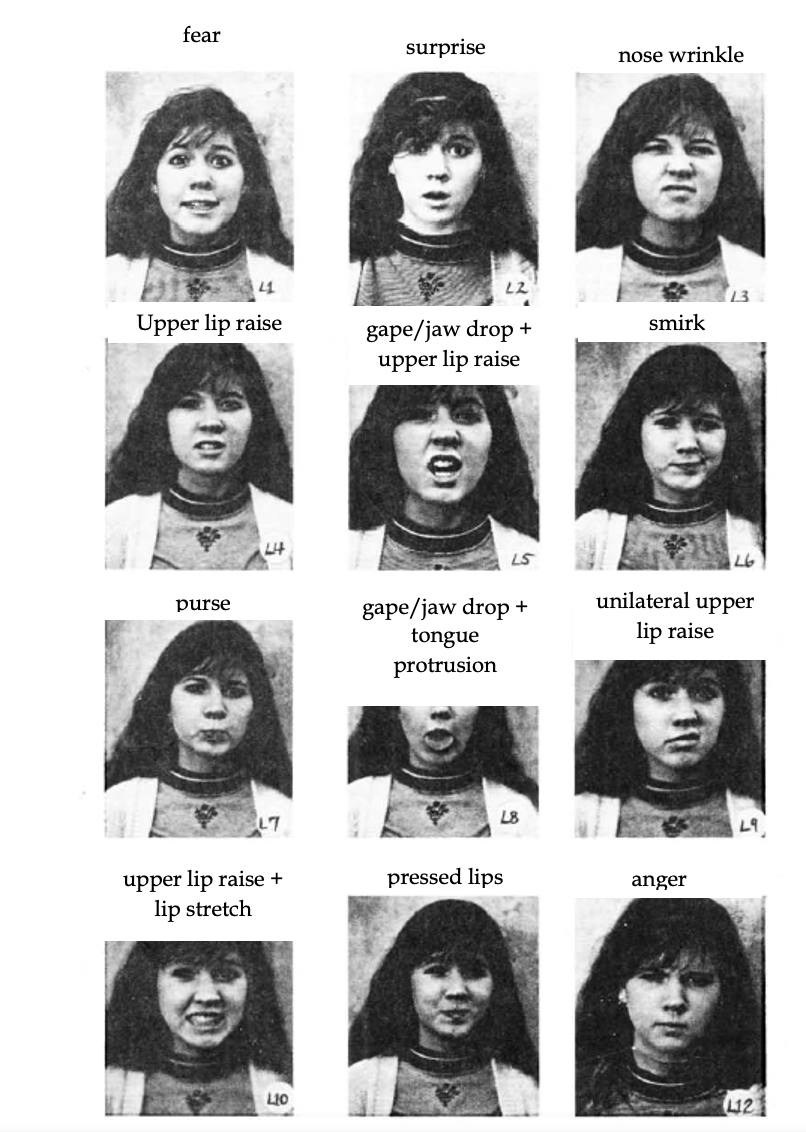
Reproduced from “Varieties of disgust faces and the structure of disgust,” P. Rozin, L. Lowery, and R. Ebert, 1994a, , Journal of Personality and Social Psychology, 66(5), p. 872. Copyright 1994 by American Psychological Association.
Figure 9
Results from Rozin et al. (1994a)
AU – cheek raiser (orbicularis oculi)
AU 18 – lip pucker
AU 17 – Chin Raiser
AU 24 – Lip pressor
AU 24 – lip pressor
“eating something sour” and “eating a lemon”
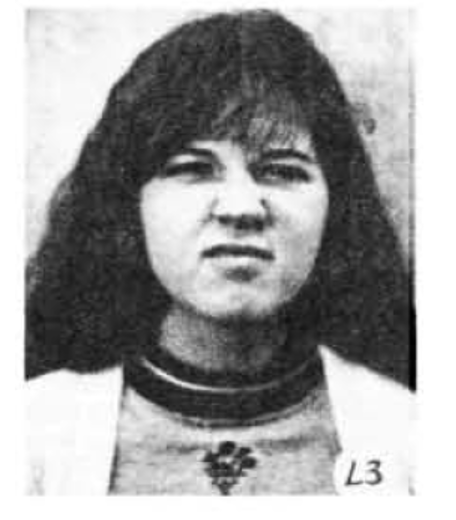
Core Disgust: Scenarios related to decaying or irritating smells: “smelling rotten meat, “smelling rotten eggs,” “ammonia”
Core disgust related to eating/drinking something bad: “drinking spoiled milk,” “eating rotten meat,” “thinking about the fact that you ate an apple with a worm in it,” “eating food after it was chewed by someone else.”
Gore and death: mangled human/dog bodies, concentration camp, morgue dissection”
Sexual violations: bestiality, inappropriate age, incest
Interpersonal Contamination: wearing Hitler’s sweater, dirty hotel linen
Animal disgust substances: cockroach on plate, stepping in dog feces
Deformity
“Seeing a deformed person,” “looking at pictures of the slaughter in a World War II concentration camp,”
Animal-Nature Disgust Related to Dogs

AU 26 – gape/jaw drop
“Human-dog intercourse”
“Stepping in dog feces”
Interpersonal Contamination
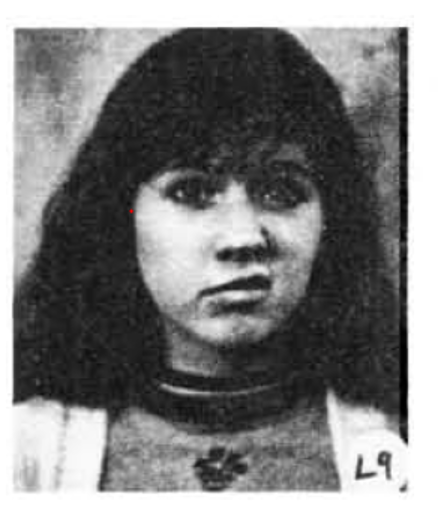
Visit this website for a live demonstration of how the AUs for disgust change. Some believe this anger expression is a universal, adaptation. During eliciting events of disgust, the disgust facial expression functioned to eject toxic foods from the body, nose, and/or eyes. Facial expressions associated with interpersonal and moral disgust might display to the offenders that they are violating social and moral norms.

